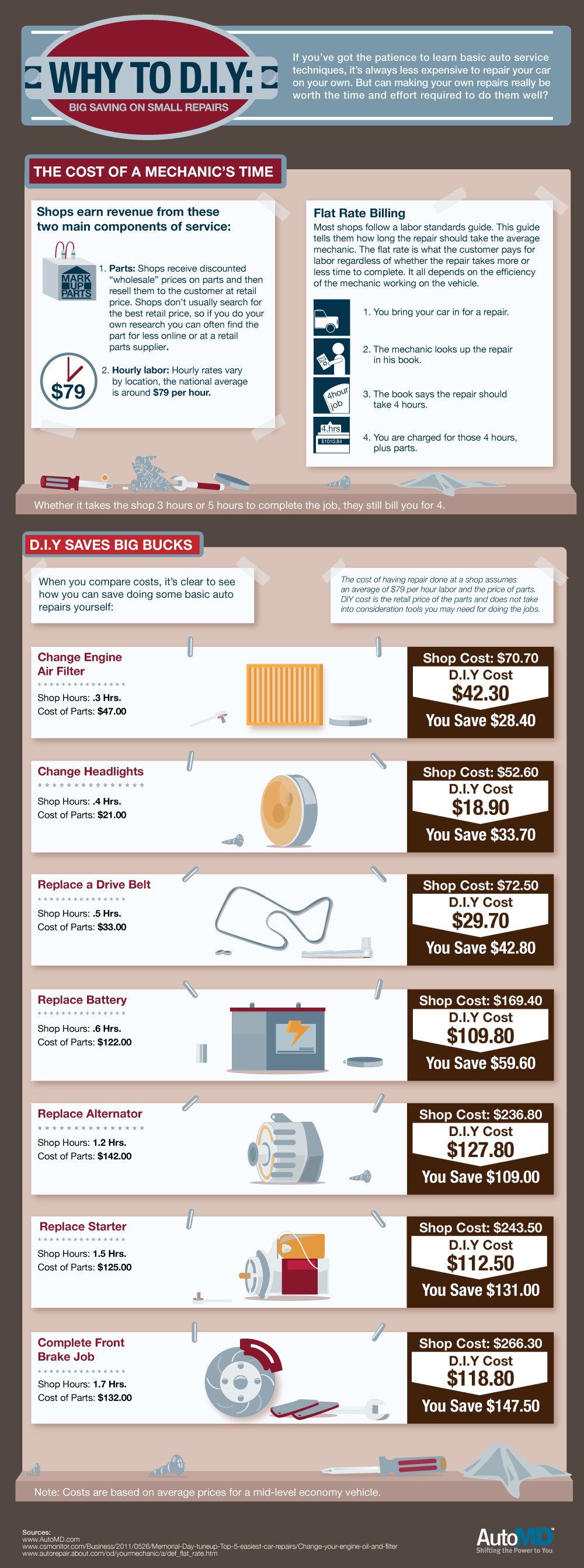Interested Concerning Those Control Panel Caution Lights In Your Vehicle? Learn What They Indicate For Your Vehicle'S Health And Wellness
Interested Concerning Those Control Panel Caution Lights In Your Vehicle? Learn What They Indicate For Your Vehicle'S Health And Wellness
Blog Article
Authored By-Vinson Winters
When you lag the wheel, those beautiful warning lights on your dashboard can be a bit perplexing. Do you understand what they're attempting to inform you regarding your auto's wellness? Understanding the importance of these lights is important for your security and the long life of your automobile. So, the following time one of those lights pops up, would not you want to understand its message precisely and take the required steps to resolve it?
Common Warning Lighting and Interpretations
Recognize common caution lights in your automobile and understand their meanings to make sure risk-free driving.
One of the most regular warning lights include the check engine light, which indicates issues with the engine or discharges system. If this light comes on, it's essential to have your vehicle checked quickly.
The oil stress alerting light suggests reduced oil stress, calling for prompt interest to stop engine damage.
A flashing battery light may recommend a malfunctioning billing system, potentially leaving you stranded if not attended to.
The tire stress tracking system (TPMS) light notifies you to low tire stress, influencing car stability and fuel performance. Neglecting this could bring about unsafe driving conditions.
The abdominal light shows a problem with the anti-lock braking system, endangering your capability to stop quickly in emergency situations.
Lastly, the coolant temperature level alerting light warns of engine getting too hot, which can result in serious damage if not settled promptly.
Understanding these common caution lights will aid you address issues quickly and keep secure driving problems.
Value of Prompt Focus
Recognizing the usual caution lights in your automobile is only the first step; the significance of immediately addressing these cautions can't be emphasized enough to guarantee your safety when traveling.
When a warning light illuminates on your control panel, it's your auto's means of connecting a prospective issue that requires attention. Neglecting these cautions can bring about more serious issues in the future, endangering your security and possibly costing you a lot more out of commission.
Trigger focus to warning lights can avoid breakdowns and accidents. For instance, a blinking check engine light could suggest a misfire that, if left ignored, might trigger damages to the catalytic converter. Resolving diamond detailing without delay can conserve you from a pricey fixing.
Likewise, a brake system advising light might indicate reduced brake liquid or used brake pads, important elements for your security when driving.
Do It Yourself Troubleshooting Tips
If you observe a caution light on your dashboard, there are a few DIY fixing pointers you can attempt prior to looking for professional assistance.
The first step is to consult your cars and truck's manual to understand what the particular warning light shows. Occasionally the issue can be as simple as a loosened gas cap setting off the check engine light. Tightening the gas cap may deal with the trouble.
One more typical concern is a low battery, which can set off different cautioning lights. Inspecting the battery links for corrosion and guaranteeing they're safe and secure might take care of the problem.
If a caution light lingers, you can try resetting it by disconnecting the automobile's battery for a few minutes and afterwards reconnecting it. Additionally, checking carwashing , such as oil, coolant, and brake liquid, can aid fix warning lights connected to these systems.
Final thought
To conclude, recognizing your automobile's warning lights is essential for maintaining your automobile running efficiently and securely. By quickly attending to these alerts and understanding what they imply, you can avoid costly repairs and potential malfunctions.
Keep in mind to consult your car's guidebook for certain details on each cautioning light and do something about it accordingly to guarantee a hassle-free driving experience.
Stay informed, stay safe when driving!
